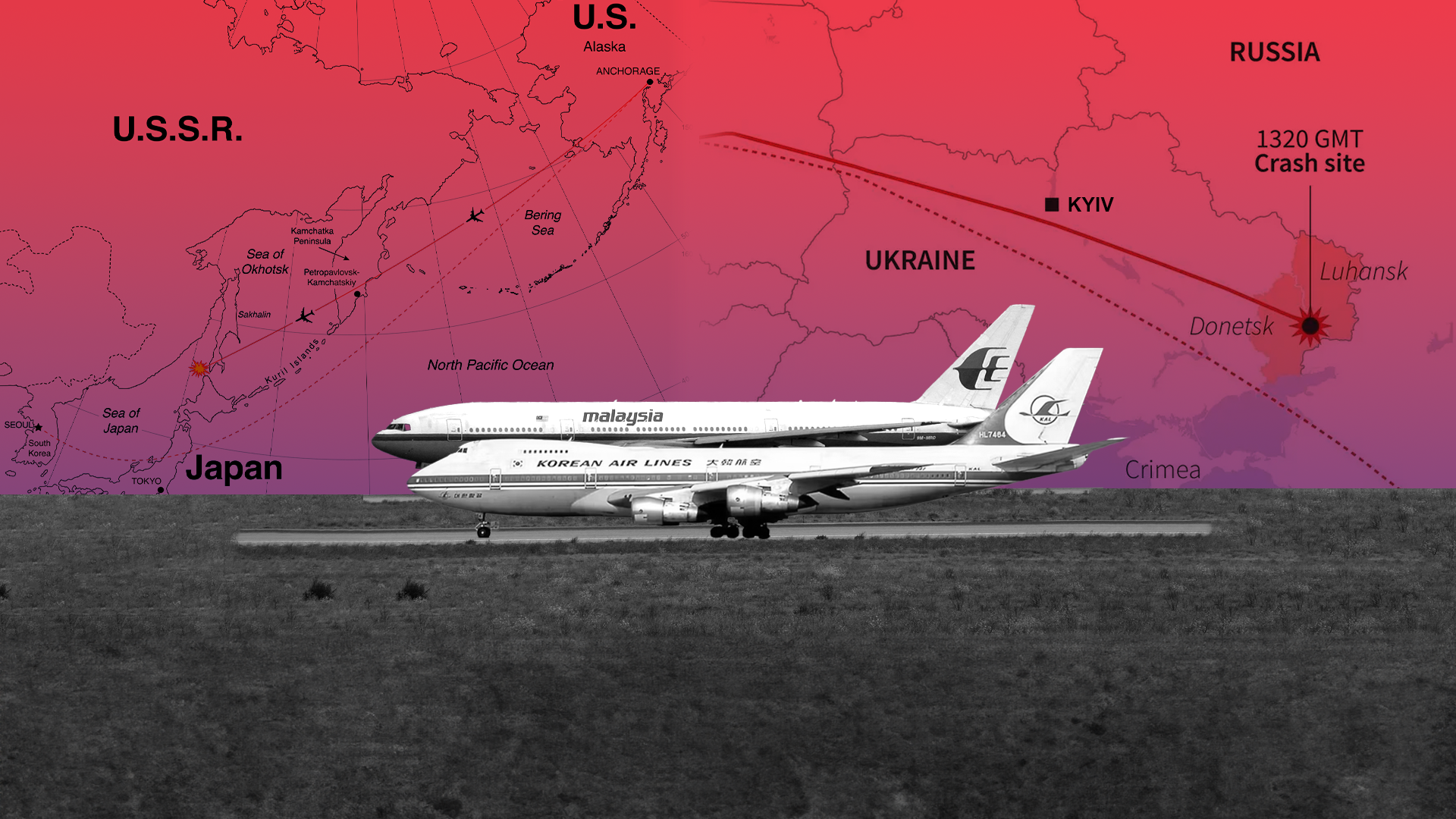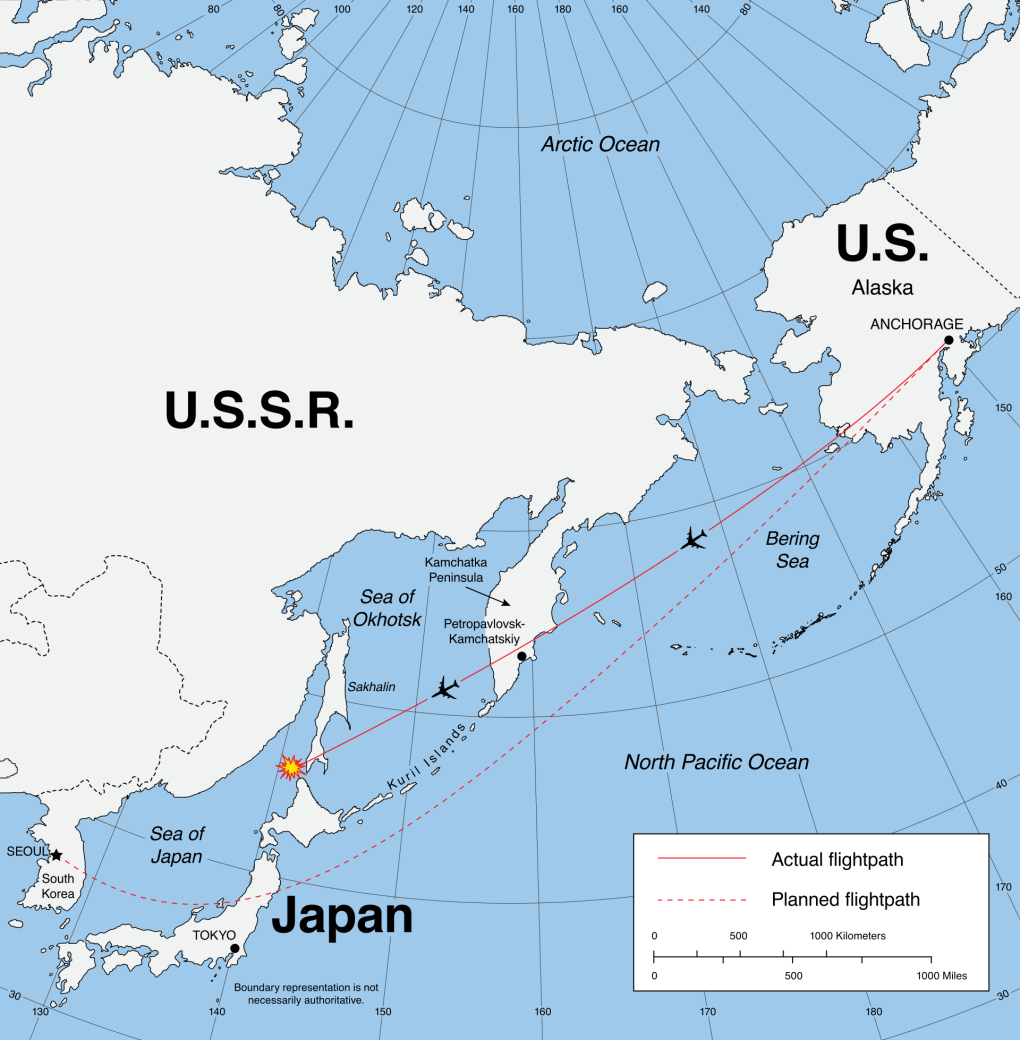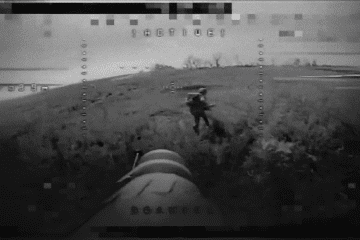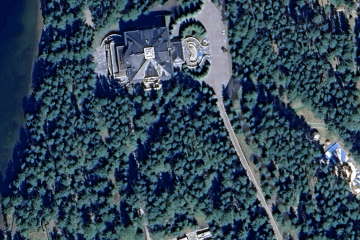- Category
- War in Ukraine
In 1983, the USSR shot down a Korean Airlines plane. Thirty years later, Russia shot down MH-17

In 1983, the Soviet Union’s military forces shot down a civilian aircraft and then tried to conceal their involvement. Modern Russia operates on the same principles.
On July 17, 2014, in the Donetsk region, Russian separatists shot down Malaysia Airlines flight MH-17, which was en route from Amsterdam to Kuala Lumpur. Ten years later, the Russian government has still not acknowledged its involvement in the crime, although the Dutch government investigation confirmed that the missile was fired by a Russian Buk missile system belonging to the 53rd Anti-Aircraft Missile Brigade of the Russian Armed Forces. Neither the Russian government nor its president have admitted fault. Instead, Putin praised the 53rd Brigade: the soldiers were awarded for "mass heroism, bravery, resilience, and courage displayed by the brigade's personnel in combat operations to protect the Fatherland and state interests."
For Putin, this is not the first time he has taken such an action. Previously, he promoted a man named Anatoly Kornukov to the rank of "General of the Army." This same military officer, on September 1, 1983, ordered the downing of the civilian Korean Air 007, which had 269 people on board. Unlike the current Russian government, the USSR eventually acknowledged the downing of the Korean plane. However, the revisionist tendencies of today's Russian propaganda deny this.
We look at why the Soviet authorities shot down Korean Air 007 and how they responded to this tragedy.
Reconnaissance Planes
After World War II and throughout the Cold War, the Soviet Union was considered one of the main rivals of the United States. To understand what was happening behind the “Iron Curtain,” the Americans used various reconnaissance aircraft. This greatly annoyed Stalin, so one of the directions for the development of the military sector in the Soviet Union was missile programs and aviation. All to protect the airspace of the “empire.”
The first notable “landing” of an American reconnaissance plane over Soviet territory occurred on May 1, 1960, when a U-2 with Francis Powers on board was shot down in the Ural Mountains. After this, flights over the USSR ceased, but aerial reconnaissance continued in various corners of the USSR, including areas directly neighboring the two states: Alaska, Chukotka, and Kamchatka. In January-August 1983 alone, US Air Force planes entered Soviet airspace near the Kuril Islands nine times. Both sides had become so accustomed to these often accidental incidents that they paid little attention to them and did not try to shoot down the intruder.
Until September 1983.
Korean Air 007
Korean Air 007 was en route from New York to Anchorage (Alaska) to Seoul. On board, along with the crew, were 269 passengers, including 76 Koreans, 60 Americans, 28 Japanese, and others. Among them was American Congressman Larry McDonald from the Democratic Party, who ended up on the plane by chance: he missed another flight and had to use this one. They all eventually died.
The Downing of the Plane
On the night of August 31 to September 1, at 2:45 am, Soviet radars detected an American RC-135 reconnaissance plane. According to American reports, this was a routine flight, and it did not alarm the Soviet air defense. But around 5 am local time, in the same zone and at the same altitude, Soviet radars detected another plane. This was Korean Air 007. The problem was that the pilots had significantly deviated from their course. The error ranged from 20 to 500 km. As later investigations by the International Civil Aviation Organization showed, the crew initially set the autopilot incorrectly and subsequently did not perform manual checks of their current coordinates, relying on the automation. The error can be seen on the map below.

The situation was aggravated by the fact that at about the same time, the Soviet Union was testing new ballistic missiles and feared espionage. Therefore, considerable attention was paid to the civilian plane that had inexplicably deviated from its course. Interceptors were scrambled.
The Soviet top brass, first informed about the American reconnaissance plane, ordered that the enemy plane be intercepted and forced to land at a Soviet airfield. If it did not comply or resisted, the reconnaissance flight was to be terminated by other means, including by its destruction.
The situation was further complicated by the thick and high cloud cover over Kamchatka that night. Having deviated from its own route, the Korean Air 007 pilots did not notice as they headed toward the southern part of Sakhalin Island, where several Soviet airfields and military bases were located.
Three Su-15 fighters and one MiG-23 were dispatched to intercept the plane. The first to approach the Boeing 747 was an Su-15 piloted by Gennady Osipovich. He reported seeing two rows of windows, indicating that it was a civilian aircraft.
Despite clear evidence that the airspace violator was a civilian plane, Osipovich received the order to shoot it down. The order was given by Anatoly Kornukov, mentioned earlier. Both the ground command and Osipovich himself seemed to believe that the American reconnaissance plane was disguised as a civilian aircraft. The course deviation was seen as a provocation against the Soviet air defense to reveal its weak spots.
Following orders from above, Osipovich pressed the launch button, and two R-98 missiles struck the Boeing 747.
Reaction from the Soviet Union and the World
Within a few hours, it became known that a civilian plane had been shot down. The death toll was in the hundreds. Panic ensued among the country's top leadership. State leader Yuri Andropov scolded the "dull-headed generals who do not think about grand politics at all."
Initially, the communists decided to hide the fact that the plane had been shot down, and later to shift the blame onto others: they criticized the Americans, claiming they should have monitored the plane and supposedly warned the pilots about the course deviation.
For several days, the Soviet leadership issued restrained statements to the press about reconnaissance planes, course deviations, and that the USSR had the right to shoot down a plane that had been in its airspace for so long.
The Soviet Union's position largely remained deceitful, but some details in their statements confirmed that the plane was shot down by a Soviet pilot.
Eventually, in 1983, the USSR officially expressed condolences for the death of civilians. There is no information about official compensation payments to the families of the victims from the Soviet Union.
The black box, later found by the Soviet Union, confirmed that Korean Air 007 was not conducting any reconnaissance operations, and the plane had merely deviated from its course. After the collapse of the Soviet Union, President Yeltsin handed over all case materials to international organizations.
***
Russia and President Vladimir Putin do not acknowledge their guilt for the MH-17 crime and have been trying for ten years to shift the blame onto Ukraine, even though all the evidence in the Dutch court directly points to the culprit. It seems that the country needs a new leader for the obvious truth to be recognized.
-29a1a43aba23f9bb779a1ac8b98d2121.jpeg)

-f88628fa403b11af0b72ec7b062ce954.jpeg)
-b63fc610dd4af1b737643522d6baf184.jpg)



-24deccd511006ba79cfc4d798c6c2ef5.jpeg)